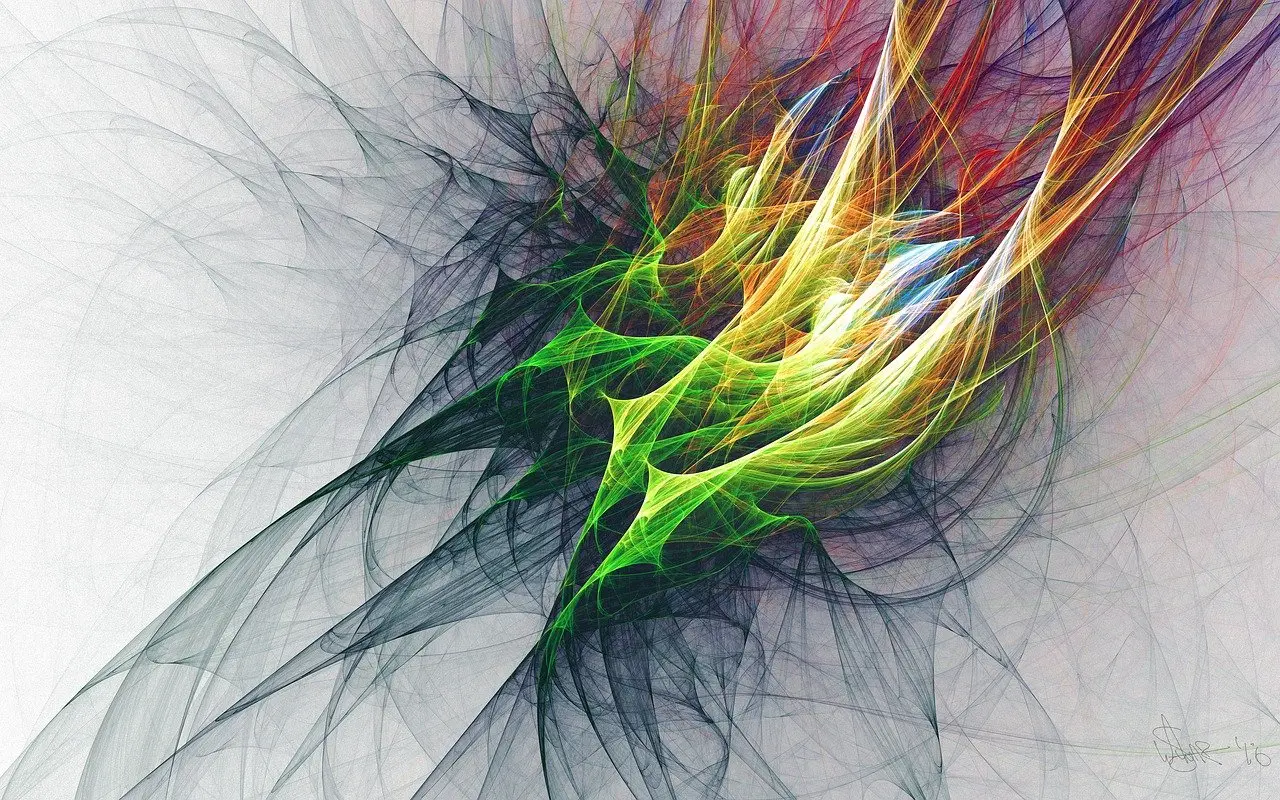What Are The Best Photography Tips For Outdoor Landscapes In 2025?

Looking for more amazing products? Check out our online store and explore our collection here! Happy shopping!
Before diving in, please note: This post is for informational purposes only. If you’d like to know more about how we approach topics, feel free to check out our friendly Disclaimer Page.
Hey there, amazing readers! 
We’re committed to delivering quality posts, and your support (even just sticking around despite the ads) means everything to us. So, bear with us, and thanks for helping us keep the good vibes rolling. Now, on to the fun stuff!
TRANSLATE BUTTON AT THE END OF THE ARTICLE
A Quick Overview
Hey there, fellow photography enthusiasts!
If you’re anything like me, there’s something magical about stepping outside with a camera in hand, ready to capture the beautiful world around us.
In 2025, outdoor landscape photography continues to evolve, bringing new trends, techniques, and gear that can elevate your shots.
Whether you’re a seasoned pro or a budding photographer, this guide will provide a treasure trove of tips that are sure to improve your landscape photography game.
Let’s dive into the beauty, gear, light, composition, and all the magic that comes with outdoor landscapes!
Discovering the Beauty of Outdoor Landscapes in 2025
Nature has a way of leaving us in awe, doesn’t it?
The lush greens of a forest, the vibrant hues of a sunset, or the majestic peaks of a mountain range all blend harmoniously to create breathtaking landscapes.
In 2025, technology plays a big role in how we discover and capture these scenes.
With advances in camera technology, it’s easier than ever to document the beauty we find.
Today, we have apps that help us scout locations, identify the best times for photography, and even suggest compositions based on the terrain.
For example, I often use apps that provide weather forecasts and light conditions to plan my outings.
This has transformed how I approach my landscape photography, making each trip feel like a mini adventure.
Exploring lesser-known locations can also yield fantastic results.
While iconic spots like the Grand Canyon or Yosemite are stunning, they’re often crowded.
Searching for hidden gems can lead to unique perspectives that many photographers overlook.
I remember finding an obscure viewpoint of a waterfall that turned out to be one of my favorite shooting spots ever.
It’s all about adventure!
When you’re out there, pay attention to the details.
The tiny flowers peeking through the underbrush, the way light filters through the trees, or the patterns in the clouds can all make for compelling images.
Sometimes, the beauty of a landscape lies in its smallest features.
So, slow down and take a moment to really appreciate your surroundings.
Let’s not forget about the seasons!
Each season offers a unique palette and atmosphere.
Spring brings blooming flowers, summer showcases lush greenery, autumn is painted in warm tones, and winter offers stark contrasts.
Embrace the changes, and allow each season to inspire your photography style.
It’s like nature’s own art gallery!
Finally, keep an open mind.
Sometimes, landscapes don’t look as expected when you arrive.
Instead of being disappointed, adapt your approach.
Use the conditions to your advantage, whether it’s rain, fog, or dramatic clouds.
Each scenario presents a new opportunity for creativity.
Essential Gear for Captivating Landscape Photography
Now, let’s chat about gear!
I’m a firm believer that you don’t need the latest and greatest equipment to create stunning landscape photos.
However, having the right tools can certainly make the process smoother and more enjoyable.
Here’s what I find essential for outdoor landscape photography in 2025:
Camera Body: While any camera can capture a landscape, DSLRs or mirrorless models give you flexibility and better image quality.
I often use a camera with a full-frame sensor for those rich details and colors.
Lenses: A wide-angle lens is a must-have for landscape photography.
It allows you to capture expansive scenes and fits more into the frame.
I also recommend a good telephoto lens for those distant mountains or wildlife you might want to include.
Tripod: Stability is crucial, especially in low-light situations.
A sturdy tripod allows for long exposure shots and prevents camera shake.
Trust me, it’s a game-changer for those dreamy waterfall shots.
Filters: Neutral density filters and polarizers can enhance your images dramatically.
ND filters help with long exposures during the day, while polarizers reduce glare and enhance colors, making the sky pop.
Remote Shutter Release: This little gadget can help you avoid camera shake.
It’s especially useful for long exposures or when you’re using a timer.
Protective Gear: Lastly, weather can be unpredictable.
Investing in a good camera bag and weather protection for your gear can save you from potential damage.
I’ve had my fair share of close calls with sudden rainstorms, so I speak from experience!
Having the right gear not only boosts your confidence but also encourages you to experiment more.
Remember, though, it’s not about having the most expensive equipment—it’s about how you use what you have!
Mastering Natural Light for Stunning Outdoor Shots
Light is the lifeblood of photography, isn’t it?
When you’re shooting landscapes, understanding and utilizing natural light can make all the difference.
In 2025, advancements in photography have not only made capturing light easier but also more exciting.
Here’s how to make the most of it:
First and foremost, consider the quality of light.
Soft, diffused light during overcast days can create beautiful, even exposures.
On the other hand, harsh midday sun can lead to unflattering shadows.
I often prefer shooting during the early morning or late afternoon for that golden glow.
Next, be aware of the direction of light.
Backlighting can create a magical effect, especially when shooting through trees or flowers.
Side lighting highlights textures and depth, while front lighting can flatten your image.
Experiment with these angles to see what works best for your scene.
Don’t be afraid to play with shadows and highlights.
I find that the interplay between light and dark can add depth to my photos.
Sometimes, even a single tree in shadow against a brightly lit background tells a captivating story.
Additionally, remember to check the weather!
Cloudy days can provide a natural diffuser for sunlight, creating soft shadows and vibrant colors.
I’ve come back with incredible shots from days I initially thought were too gloomy for photography.
Lastly, don’t forget about the magic hour!
The brief moments after sunrise and before sunset create stunning lighting conditions.
The colors of the sky can turn into a painter’s palette.
If you can time your shoots around these moments, you’re in for a treat!
The Magic of Golden Hour: Timing Your Shots Right
Ah, the golden hour!
If there’s one thing I’ve learned, it’s that timing is everything in landscape photography.
This magical time, which occurs shortly after sunrise and just before sunset, offers the most flattering light available.
Here’s how to make the most of this enchanting window:
First, plan your outings around the sunrise and sunset times.
Many weather apps can help you find this information easily.
I always set my alarms a bit earlier to ensure I’m ready to capture the first light.
Trust me; the early bird catches the stunning shot!
Once you’re on location, take a moment to observe how the light changes.
It’s fascinating to see how quickly the colors shift, creating different moods.
I often set up my camera and take test shots every few minutes to capture the evolving scene.
When shooting during golden hour, aim for those warm hues.
They can transform a mundane landscape into a breathtaking masterpiece.
Look for reflections in water, as they can enhance the colors and add a layer of depth to your images.
Don’t forget to shoot both wide and close-up.
The golden hour can create beautiful details in the foreground, too.
I’ve taken stunning close-ups of dew-covered grass or flowers bathed in warm light, which adds an interesting contrast to wide shots.
Lastly, be patient!
The light changes quickly, and the best moments can last only seconds.
Keep your camera ready and be prepared to adjust your settings on the fly.
The payoff is worth it when you capture that perfect shot!
Incorporating Foreground Elements for Depth and Interest
One of the best ways to create captivating landscape photos is by incorporating foreground elements.
Think of your composition as a story.
The foreground can add layers, guide the viewer’s eye, and create depth.
Here’s how to do it effectively:
Start by scouting your location.
Look for interesting textures or shapes in the foreground.
Rocks, flowers, or even leading lines like paths or rivers can create a strong visual anchor.
I’ve often found that a simple rock formation can lead the viewer’s eye right into the heart of the landscape.
Use a wide aperture to blur the background while keeping the foreground sharp.
This technique creates a sense of depth and draws attention to the foreground element.
I love how the background can fade away, allowing the viewer to focus on what’s in front.
Experiment with angles.
Sometimes, getting low to the ground can create a striking perspective.
I’ve often laid on the grass to capture flowers with a mountain backdrop, producing a unique and engaging shot that stands out.
Consider the rule of thirds when positioning your foreground.
Place it off-center to create a balanced composition.
This technique often leads to more dynamic images that are easier on the eyes.
Finally, don’t be afraid to get creative!
Use unconventional items like fences, paths, or even people to add interest.
The more you experiment, the more you’ll find what works for your style.
Tips for Post-Processing Your Landscape Images Effectively
Once you’ve captured those stunning landscapes, the fun doesn’t stop there!
Post-processing can take your images to the next level, allowing you to enhance colors and clarity.
Here’s how to approach it in 2025:
First, choose the right software.
Popular options like Lightroom and Photoshop remain favorites for a reason.
They offer powerful tools for editing without overwhelming you.
I often start with Lightroom for basic adjustments and then move to Photoshop for more intricate edits.
Begin by adjusting the exposure and contrast.
This can bring out details in both shadows and highlights.
I usually play around with these sliders until the image feels balanced.
Remember, subtlety is key—overdoing it can lead to unnatural results.
Next, don’t shy away from color correction.
Adjusting the white balance can make a significant difference in your image.
Sometimes, I find that landscapes can look too cool or warm, so tweaking this setting helps achieve the desired mood.
Consider using graduated filters in your editing.
These can help balance the exposure between the sky and the land, especially in landscapes with bright skies.
I often find that this adjustment brings out the colors in the sky beautifully.
Lastly, save your edits!
It’s always a good idea to keep a copy of your original images.
You might want to revisit them later with fresh eyes or different techniques.
Sharing Your Landscape Masterpieces: Best Platforms in 2025
You’ve captured and edited your stunning landscapes—now what?
Sharing your work is a significant part of being a photographer.
In 2025, several platforms cater to photography enthusiasts, making it easier than ever to showcase your masterpieces:
Instagram: This visual platform remains a powerhouse for photographers.
Use hashtags wisely to reach a wider audience, and don’t forget to engage with fellow creatives.
I love sharing my stories and behind-the-scenes moments to connect with my followers.
Flickr: Although it’s been around for a while, Flickr is still a fantastic place to share high-quality images.
The community is supportive, and you can join groups that focus on landscape photography.
500px: This platform is specifically designed for photographers.
It allows you to display your portfolio and get feedback.
I often find inspiration from other photographers on 500px.
Personal Websites/Blogs: Having your own site allows for complete control over how you showcase your work.
It can also serve as a portfolio for potential clients.
I started my blog as a way to share tips and tricks while displaying my favorite images.
Facebook Groups: Many photography groups exist on Facebook where you can share your work and receive constructive criticism.
These communities can be invaluable for learning and connecting with like-minded individuals.
Photography Contests: Entering contests can not only showcase your work but also help you gain visibility.
Keep an eye out for local and international contests that accept landscape submissions.
Engaging with your audience online creates a sense of community.
Share your journey, inspirations, and even your challenges!
After all, we’re all in this together, and there’s always something new to learn from each other.
Conclusion
As we continue to explore the great outdoors and capture its beauty in 2025, remember that landscape photography is as much about the journey as it is about the final image.
Stay curious, experiment with different techniques, and don’t forget to enjoy the process.
With the right gear, a keen eye for light, and a splash of creativity, you can create stunning landscapes that reflect your unique perspective.
So grab your camera, step outside, and let the world inspire you!
Happy shooting!

The Enlightenment Journey is a remarkable collection of writings authored by a distinguished group of experts in the fields of spirituality, new age, and esoteric knowledge.
This anthology features a diverse assembly of well-experienced authors who bring their profound insights and credible perspectives to the forefront.
Each contributor possesses a wealth of knowledge and wisdom, making them authorities in their respective domains.
Together, they offer readers a transformative journey into the realms of spiritual growth, self-discovery, and esoteric enlightenment.
The Enlightenment Journey is a testament to the collective expertise of these luminaries, providing readers with a rich tapestry of ideas and information to illuminate their spiritual path.
Our Diverse Expertise
While our primary focus is on spirituality and esotericism, we are equally passionate about exploring a wide range of other topics and niches 

To ensure we provide the most accurate and valuable insights, we collaborate with trusted experts in their respective domains 
Our blog originally focused on spirituality and metaphysics, but we’ve since expanded to cover a wide range of niches. Don’t worry—we continue to publish a lot of articles on spirituality! Frequently visit our blog to explore our diverse content and stay tuned for more insightful reads.
Hey there, amazing reader! 
Check out our store here and take a peek at some of our featured products below! Thanks for being awesome!











